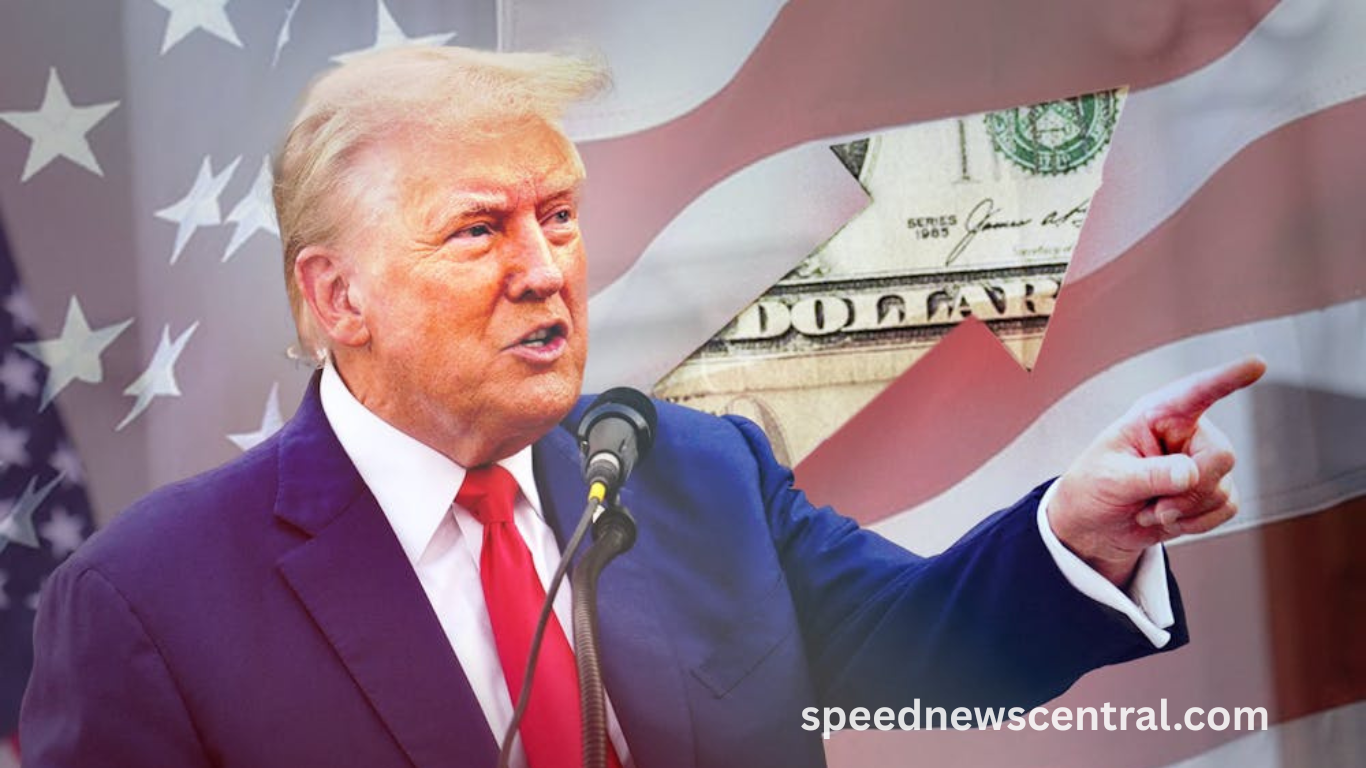As the United States gears up for another heated election cycle, former President Donald Trump is once again at the forefront of the political arena. Recently, he has reignited his focus on economic policy, specifically international trade, as a central theme in his campaign rhetoric. While many economists and business leaders voice concerns over inflation, interest rates, and the potential for a slowdown, Trump is taking a more dismissive tone toward these warnings. Instead, he emphasizes the importance of intense trade negotiations and promises new deals that he claims will benefit American workers and industries.
Trump’s message appears crafted to resonate with voters who are still skeptical about the global economy’s role in domestic hardship. By downplaying concerns around current economic volatility, he’s framing his approach as a return to economic nationalism, prioritizing self-reliance and bilateral deals. His rhetoric suggests a belief that bold trade policies can be a cure-all for broader economic woes.
Trump’s Economic Outlook and Public Messaging
Trump consistently downplays economic red flags, insisting the media exaggerates inflation or recession threats. He positions his previous presidency as a time of prosperity and frames current instability as a byproduct of leadership failures under the Biden administration. Through campaign speeches and interviews, he paints an optimistic future if his trade-first strategy is adopted again.
Reframing Trade as an Economic Solution
In Trump’s narrative, trade deals are more than international agreements—they are tools to revive American manufacturing and protect jobs. He criticizes multilateral agreements and favors bilateral ones that he believes give the U.S. more leverage. This approach reflects his “America First” ideology, presenting trade policy as a means of economic salvation.
Reactions from Economists and Analysts
Many economists view Trump’s dismissal of economic warning signs as overly simplistic or politically motivated. Critics argue that trade policy alone cannot offset the complexities of inflation, supply chain disruptions, and labor market shifts. Still, some acknowledge that a renegotiation of certain trade agreements could benefit sectors hit hard by globalization.
Read More : Trump Calls for Alcatraz to Become a Prison Again
The Role of China in Trump’s Trade Strategy
China remains central to Trump’s trade agenda. He often blames Beijing for intellectual property theft, unfair trade practices, and the hollowing out of American industries. Trump’s plan includes imposing tariffs and renegotiating trade terms with China to level the playing field and force domestic reinvestment.
Impact on Key U.S. Industries
Trump’s focus on trade is primarily directed at reviving industries like steel, agriculture, and technology manufacturing. He argues that favorable trade deals will boost these sectors by making American products more competitive. However, industry experts warn that retaliatory tariffs or supply chain disruptions could backfire.
Public Opinion and Political Implications
Polling suggests that Trump’s economic messaging resonates with specific voter blocs, especially in states reliant on manufacturing and agriculture. His strategy taps into nostalgia for a pre-globalized economy and frustration with job losses linked to overseas competition. Whether this appeal can carry him to victory remains uncertain.
Frequently Asked Questions
Why does Trump downplay economic concerns?
Trump believes the media and political opponents exaggerate economic problems. He argues that strong trade policies will stabilize the economy and restore growth.
What trade deals is Trump proposing?
He has hinted at bilateral trade agreements with key partners like the UK, Japan, and Mexico, focusing on reducing deficits and boosting U.S. manufacturing.
How does Trump’s approach to China differ from Biden’s?
Trump favors aggressive tariffs and renegotiations, while Biden has taken a more multilateral approach, collaborating with allies to pressure China.
What do economists think of Trump’s trade policies?
Opinions are mixed. Some support targeted trade reforms, but many caution that his policies could lead to higher consumer costs and global tensions.
How might Trump’s trade policies affect inflation?
Supporters argue that reshoring production could lower long-term costs. Critics say tariffs could increase the prices of imported goods, worsening inflation.
Which industries would benefit most from Trump’s trade agenda?
Industries like steel, agriculture, and electronics manufacturing may benefit due to increased protections and incentives for domestic production.
What is the “America First” trade policy?
It prioritizes U.S. economic interests by reducing reliance on imports and renegotiating trade deals to favor American workers and businesses.
Could Trump’s trade strategy improve the U.S. economy?
If implemented effectively, specific sectors might see gains. However, experts stress that trade alone can’t address all economic challenges.
Conclusion
Trump’s focus on trade as a solution to economic uncertainty reflects his signature political strategy: bold claims and direct action. While his proposals spark debate among economists and policymakers, they continue to energize his base. As the election nears, Trump’s vision of economic revival through trade may shape key voter decisions.

